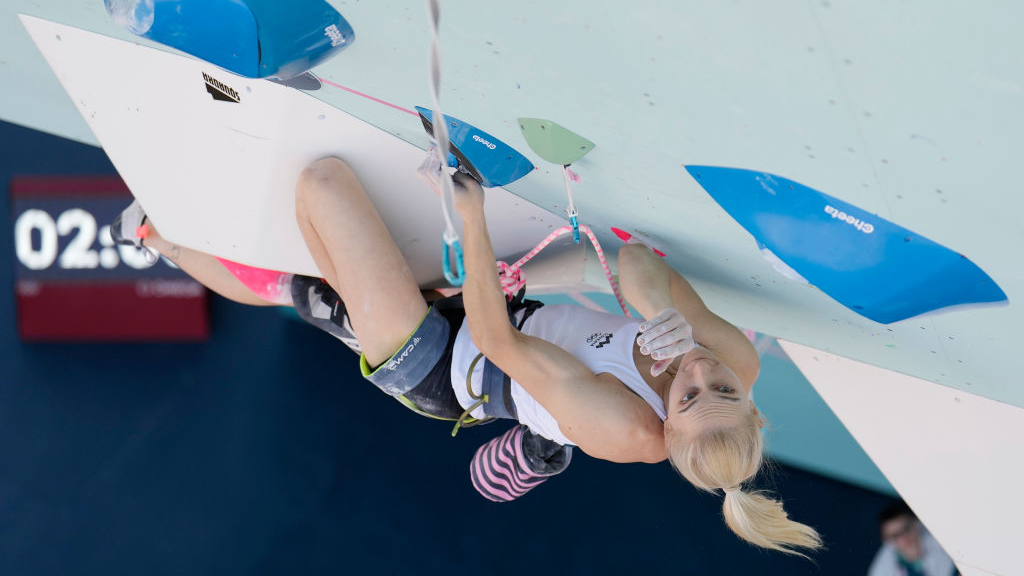13 things I wish I'd known before my first ridge walk
Experienced hiker Fiona Russell’s first ridge walk was the much-revered Aonach Eagach in Glen Coe, Scotland. Here's what she wishes she'd known before tackling it
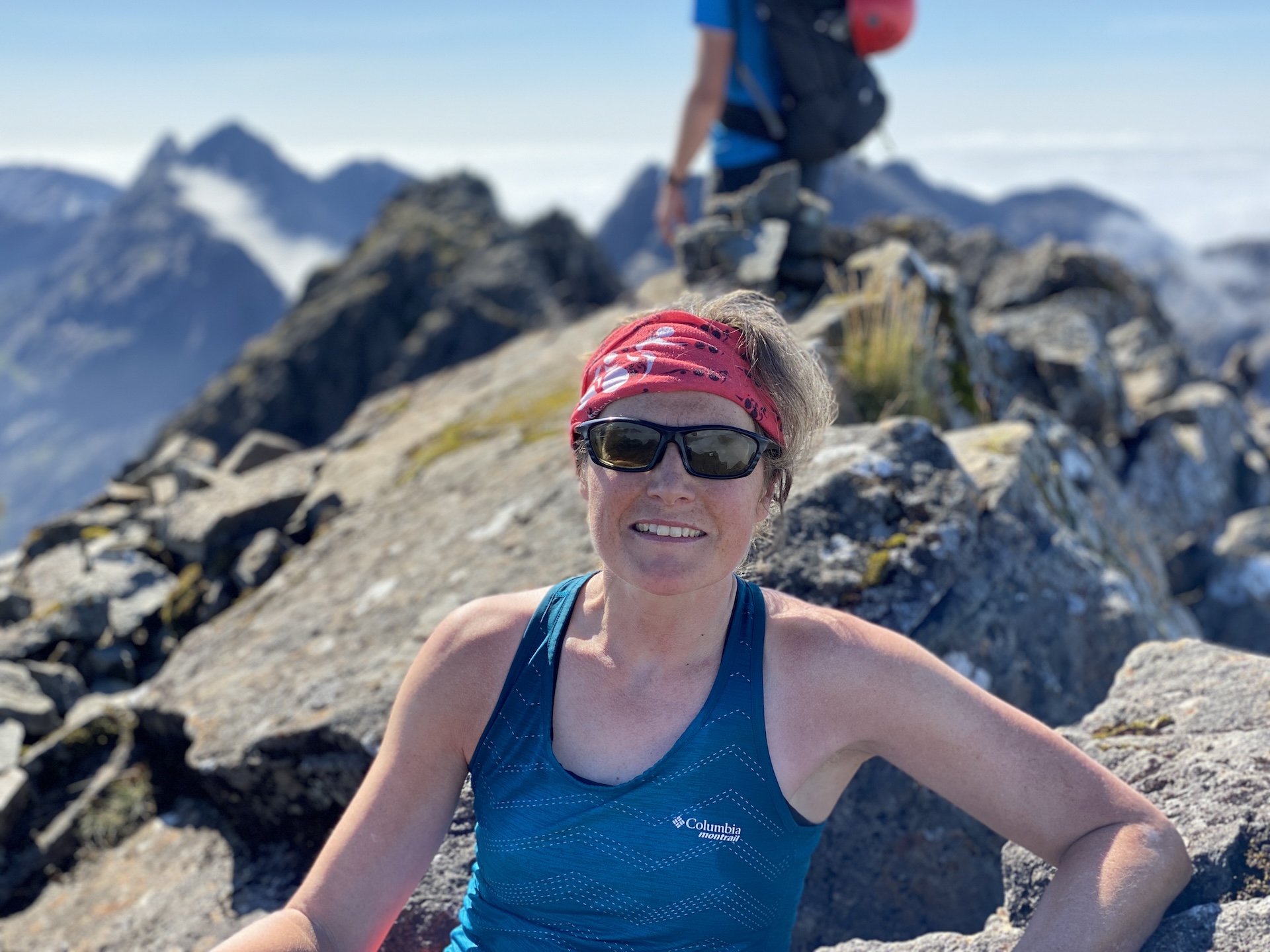
My first ridge walk – on Scotland’s Aonach Eagach in Glen Coe – was a scary outing. With much less experience of hiking compared to today, I wobbled and cried, swearing I would never do another mountain, let alone a ridge again. But if only I had known what I know now.
The Aonach Eagach is a ridge linking the Munros of Meall Dearg and Sgòrr nam Fiannaidh in an airy traverse east-to-west over several miles. It is renowned as an exposed ridge with several testing sections.
The traverse is usually referred to as a moderate rock climb and there are a number of pinnacles that hikers must traverse around, or over.
I was inexperienced in the mountains when I first tackled it but I was encouraged to give it a go by an ex-partner. While he relished the narrow ridge with steep sides, I loathed the sense of doom I felt.
The pinnacles made me very nervous and my legs shook as my stomach churned. I was physically capable and fairly skilled at climbing (indoors) but it was the exposure that gave me the fear.
I have gone on to walk many ridges, mostly in my home country of Scotland, over the next two decades and there are many things I wish I'd known before that first ridge walk.
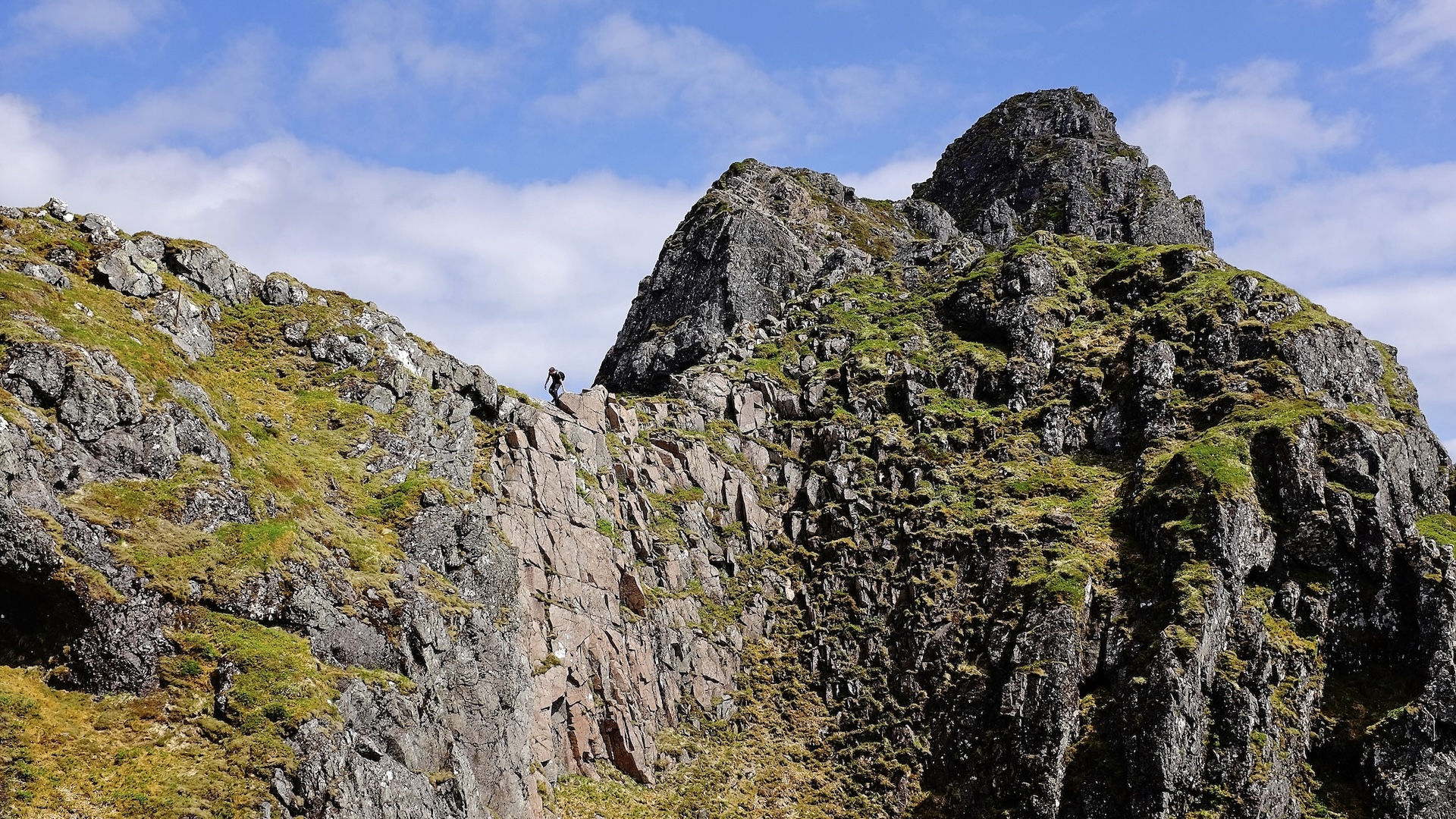
1 Not all ridge walks are the same
Aonach Eagach is easily one of the most exposed and technical ridge walks in Scotland. It sits in a collection of revered ridges such as The Cuillin on the Isle of Skye – with its 11 Munros – An Teallach in Wester Ross, Liathach in Torridon and Curved Ridge, also Glen Coe.
Advnture Newsletter
All the latest inspiration, tips and guides to help you plan your next Advnture!
But there are other ridges and they are not all as high, narrow, steep-sided and frightening if you are not a fan of heights and edges.
Many ridges have short sections that are narrower but, overall, they are much more straightforward walks. Some so-called ridges, such as the Trotternish Ridge, also on Skye, have only a steep drop on one side and a rounded slope on the other.
It turns out that the world ridge doesn’t always mean horribly gnarly.
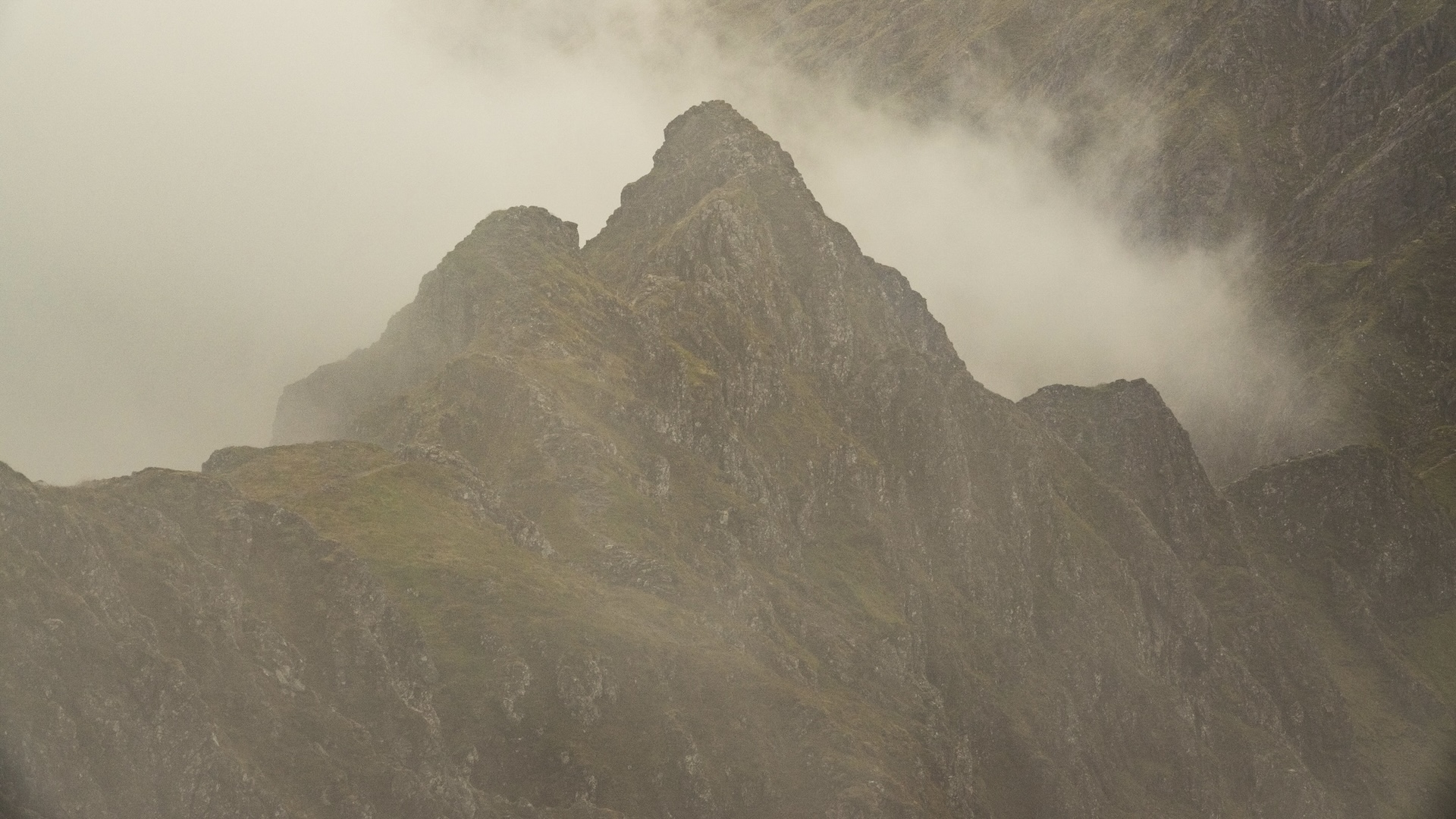
2 Mapping and research
I now know how to properly read a map and I always check for contours and obvious steep drops. I also read the notes of ridge walk descriptions and, if I can, I’ll check out photos and videos of other people walking a ridge.
This allows me to make an assessment on whether I think I will feel comfortable on a ridge route.
On my first ridge walk, I trusted the opinion of someone else. That other person loves ridges, while I am much more reticent. I now know it is important to make my own judgement based on my own research.
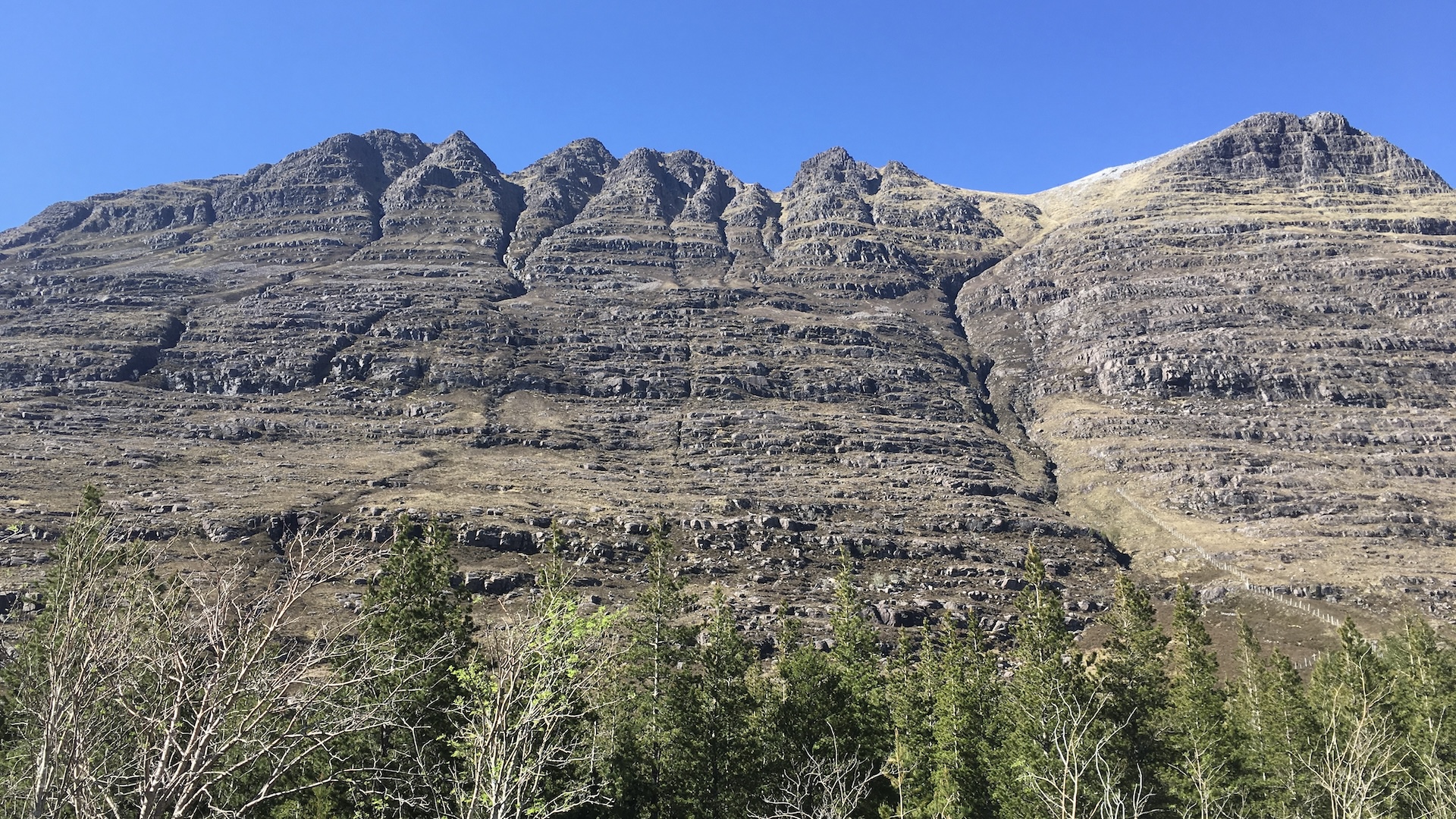
3 You should know your own limitations
On my first ridge walk, I had no idea what to expect and how I would react. I wish I’d built up to the ridge by testing my skills and capabilities on other less fearsome ridges. I should have understood that I do not like heights and narrow ridges before I attempted that first difficult ridge.
In truth, I should not have overestimated my abilities and fear-factor. It’s too easy to be talked into something that is not a good choice and too many times we hear of emergency call outs to rescue hikers that have ended up in difficult situations on ridges. Sadly, some end up as fatalities.
The last thing you want to do is to end up faced with a dangerous trail and no way of turning back. This is especially true if you have a fear of heights, known as acrophobia, which involves feelings of intense panic and discomfort around heights. Some people describe having vertigo symptoms, such as dizziness, when on a ridge.
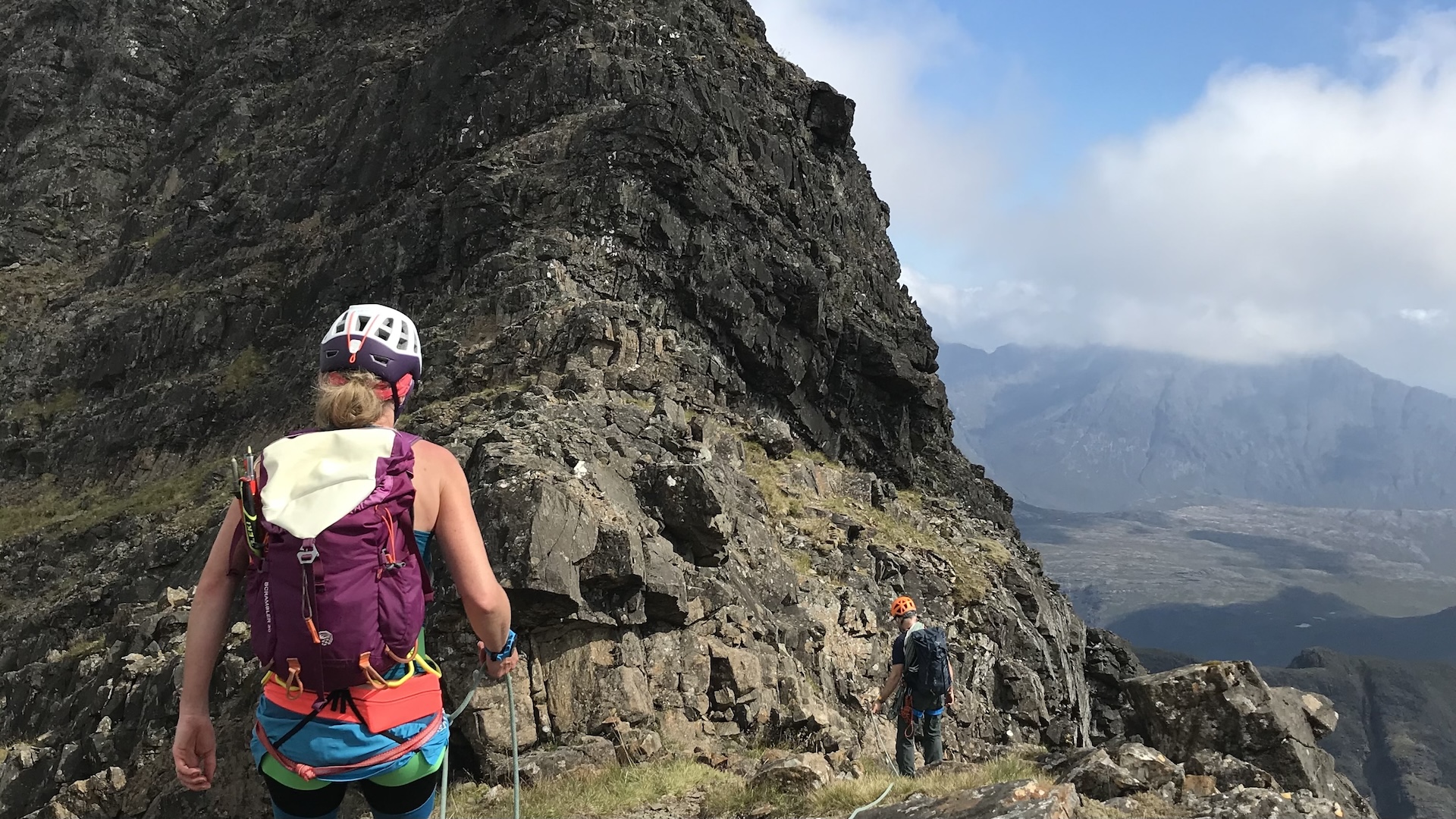
4 I should have learned some technical skills
It’s a good idea to gained some technical skills, such as traversing a rock face and also rope and belay use before attempting a tricky ridge walk.
The Aonach Eagach does not usually require ropes although if you are nervous or inexperienced, ropes and a guide will be a huge support.
Over the years, I have learned more technical skills in the mountains and gained experience. These are things I really wish I had known to do before my first ridge walk.
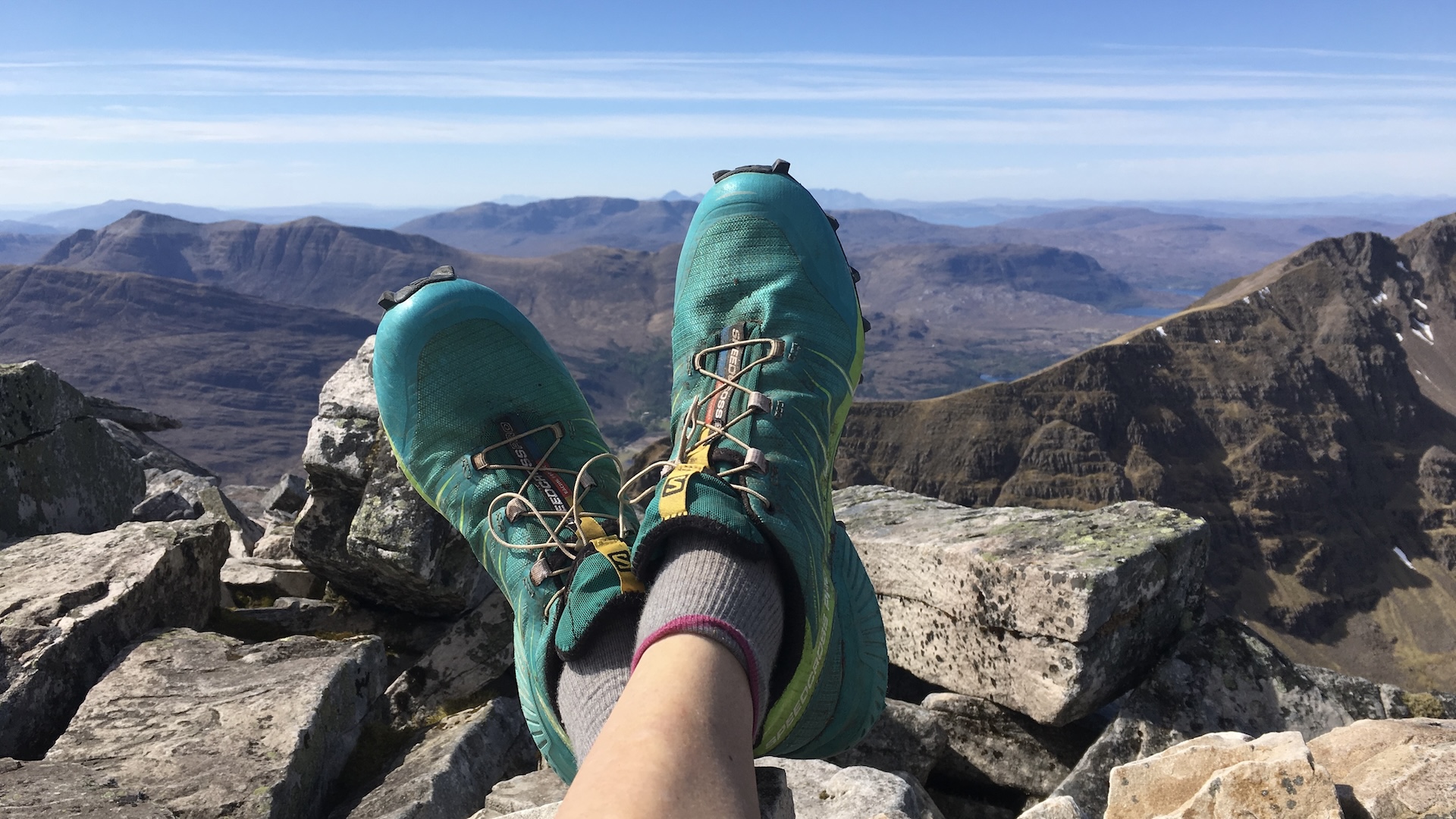
5 There should be no rush
Bizarrely, when I look back, my ex-partner was keen to run the Aonach Eagach. We walked fast uphill and then ran long sections of the ridge.
Looking back, this seems somewhat extreme for my first ridge and it most likely added to my sense of trepidation.
A narrow ridge should be treated with reverence and caution. Starting early and slowing down will help you to feel calmer and, ultimately, it will be more likely to lead to a safer experience.
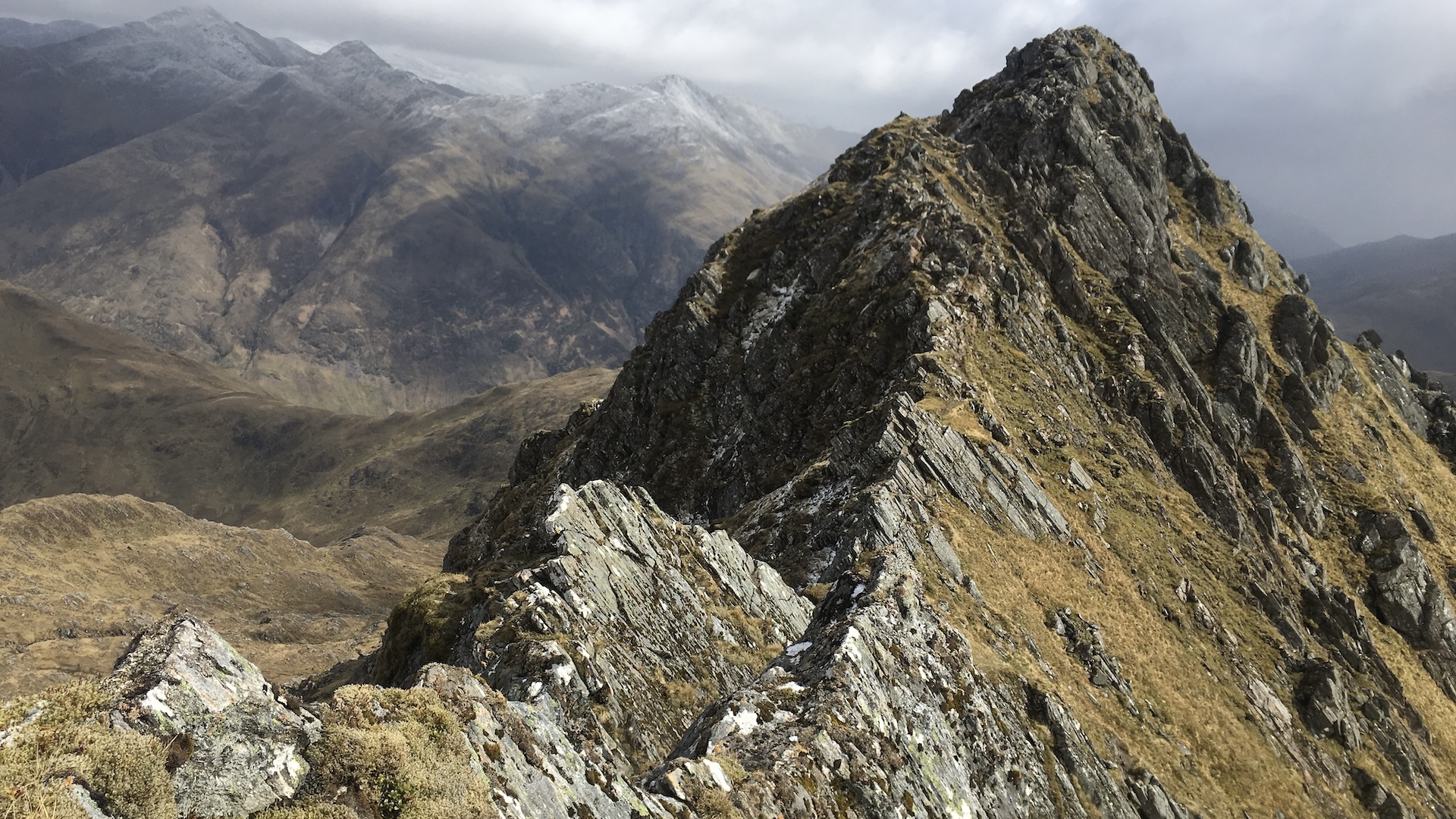
6 Chicken runs are not always the best choice
A 'chicken run' refers to a route around a tricky section of ridge. Sometimes the chicken run will skirt around of below a more technical section.
However, it’s not always the case that the potential easier route will be any less exposed.
It’s important to read a route description before deciding on the chicken run as opposed to the scramble over a rocky top of pinnacle.
6 It’s better to look ahead and not down
I remember glancing down at the steep slopes of the Aonach Eagach and feeling my mind blown to pieces by the fear of falling. These days, I tend not to look down to the glen far below, but rather I keep my eyes on the route ahead and also the horizon.
From a very scared start point on the Aonach Eagach, when I was sure I would never walk another ridge, I have gone on to complete many Scottish ridges and this is because I have techniques for coping with my anxiety.
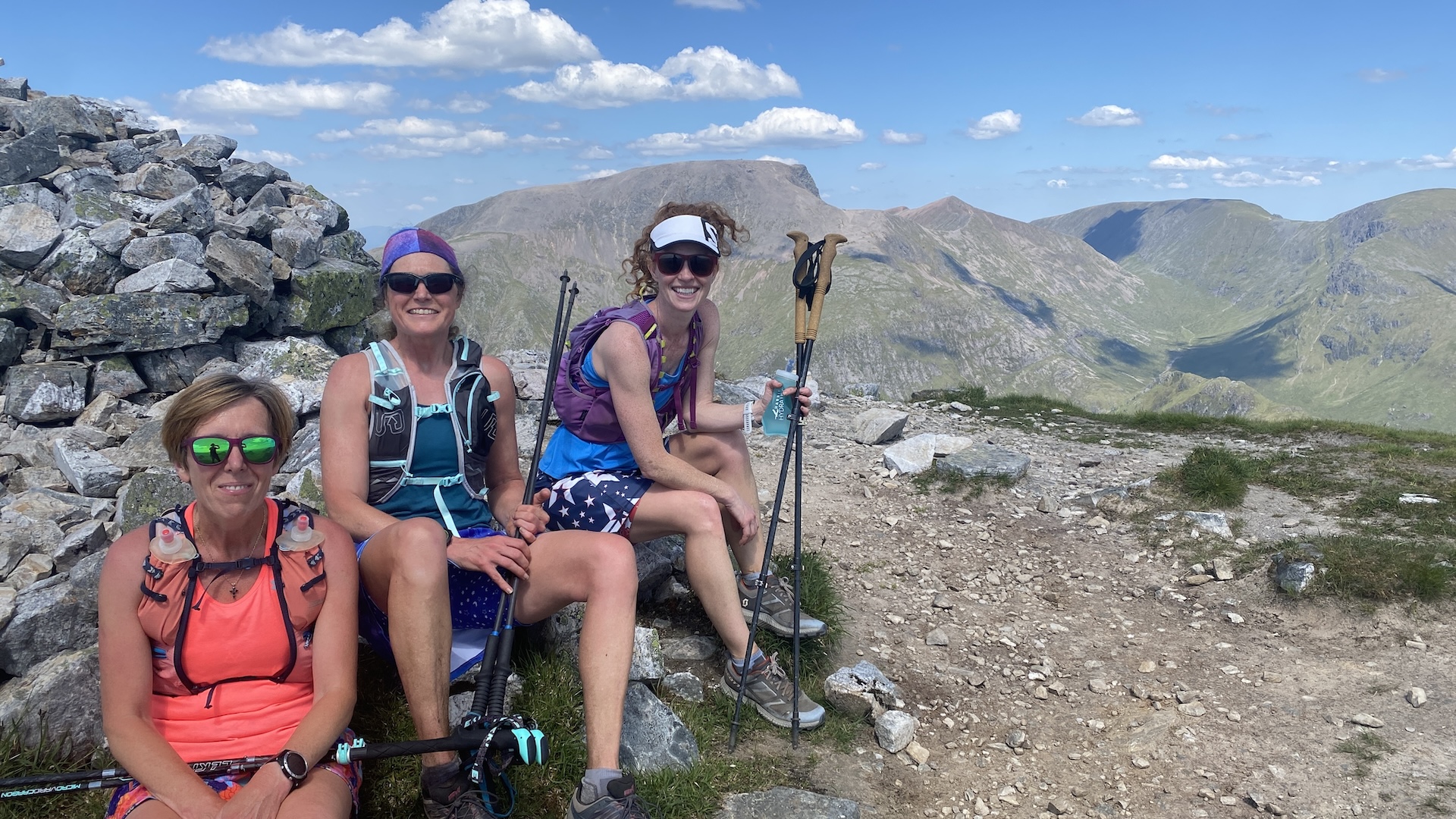
7 Go with a friend
While my ex-partner was a good guy and companion on the Aonach Eagach, he didn’t understand my fear of heights. This meant I felt a bit silly talking about it and when I started to feel hysterical, I wasn’t able to vocalise my worries.
Now I walk ridges with my husband and friends, who all know what I am dealing with mentally. I like to walk ridges with other people because it’s better for safety and also because I keep my mind off the scariest sections by chatting to my hiking buddy.
8 You can use your hands and feet
There is no shame in using both of your hands, as well as your feet, to gain better traction on a steep section of ridge. In fact, I see it as sensible to make use of extra holds with my hands.
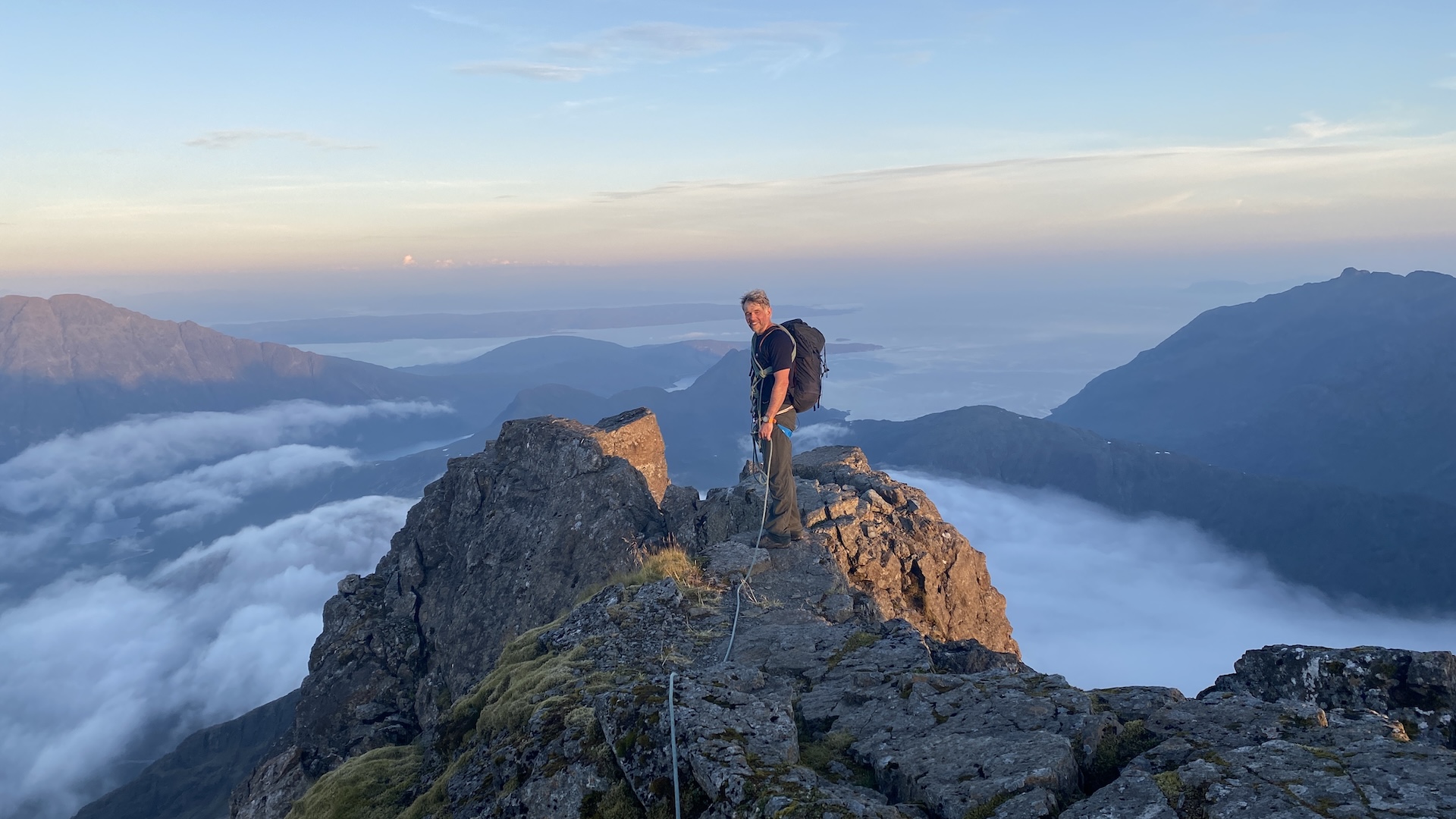
9 Trekking poles are a good idea
Back when I was a novice ridge walker, I never used trekking poles. I think I was almost scornful of others who did because they seemed to me to be an unnecessary aid. These days I like hiking poles and I use them for most of my hikes, whether ridges or more straightforward mountains ascents and descents.
Trekking poles give me extra balance and security in the mountains and they reduce the fatigue in my legs on long hikes.
10 Choose the right footwear
I can’t recall what footwear I wore for my first ridge walk but I suspect it was not adequate. I remember slipping a lot on the descent path.
Thankfully, I do remember good traction on the rockier section of the ridge route so the chances are I was wearing an old pair of trail running shoes.
These days, I am much wiser with my footwear choice. I am more likely to wear a pair of approach shoes for ridge walks or a favourite pair of trail running shoes with plenty of grip. For example, I like inov8 soles with graphene and Dynafit Traverse GTX shoes.
11 You’ll need the right kit - and plenty of it
Looking back to my first ridge walk, I think we were foolish to be carrying very little kit with us. It was good weather but we had no idea how good it would be at higher altitude and, in Scotland, the weather can change very quickly.
At the very minimum now, I would carry a hiking pack with an extra long-sleeved baselayer, waterproof jacket or windproof jacket and an insulated jacket. I would take headwear and gloves, too.
As well as feeling the cold on a high ridge, you may also suffer in the heat so you should ensure you have lightweight clothing, sun cream and sunglasses.
12 We had only just enough water
That first ridge walk taught me that just enough water is probably not enough water. I have been on other ridges and realised that they rarely offer good sources of fresh water. So, it’s vital that you carry adequate amounts of water or fluids for a long ridge walk.
13 I should have said no thanks
I was nervous before my first ridge walk and once I arrived at altitude I became even more anxious. I should have felt comfortable being able to say “no thanks”. Instead, I felt the pressure of being a beginner who needed to prove something and so I continued despite feeling very emotional.
It put me off ridge walks and it actually made me think I would not enjoy most mountain walks in Scotland. It took me many years and a great deal more experience, to walk a ridge again.
I am still not that comfortable with many ridge walks but I now know my limitations and capabilities and I can make a better call on whether the route is for me, or not.

Fiona Russell is a widely published adventure journalist and blogger, better known as Fiona Outdoors. She is based in Scotland and is an all-round outdoors enthusiast with favorite activities including trail running, mountain walking, mountain biking, road cycling, triathlon and skiing (both downhill and backcountry). Aside from her own adventures, Fiona's biggest aim is to inspire others to enjoy getting outside and exploring, especially through her writing. She is also rarely seen without a running skort! Find out more at Fiona Outdoors.
